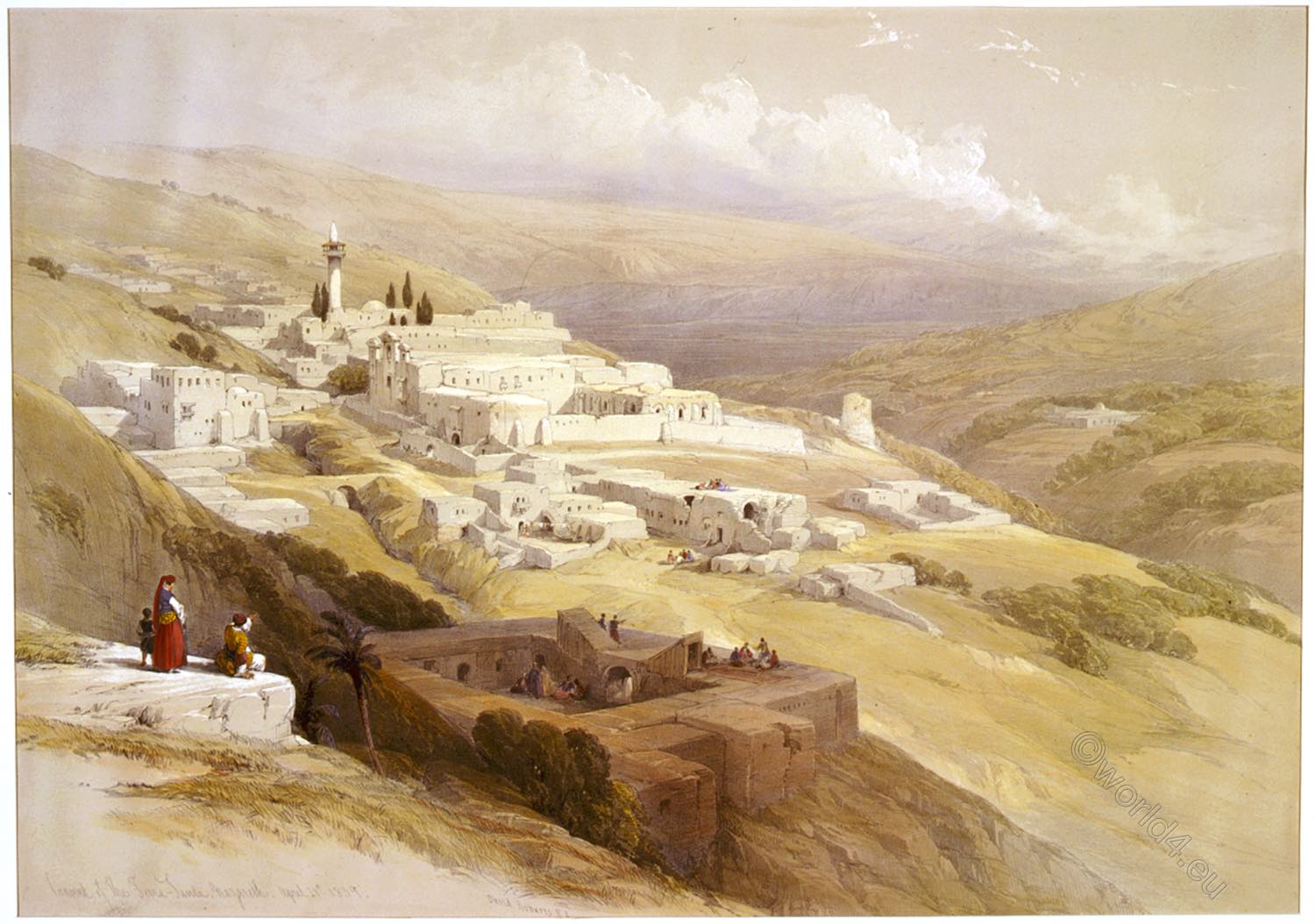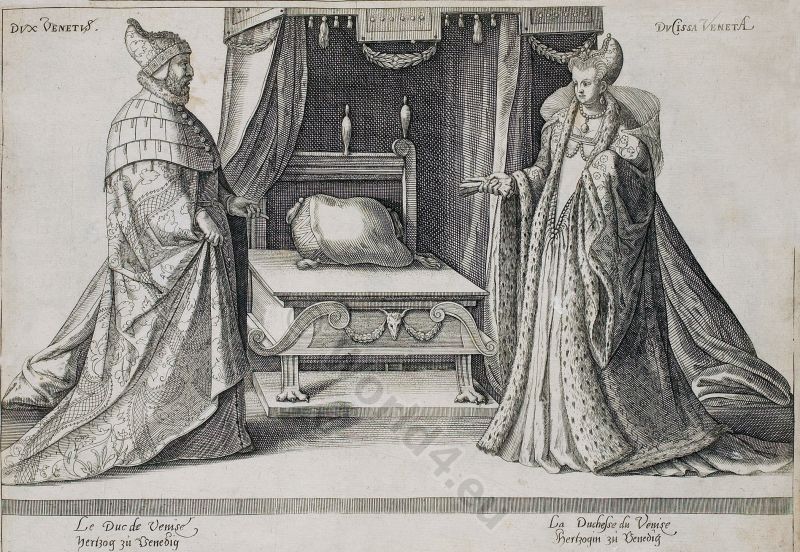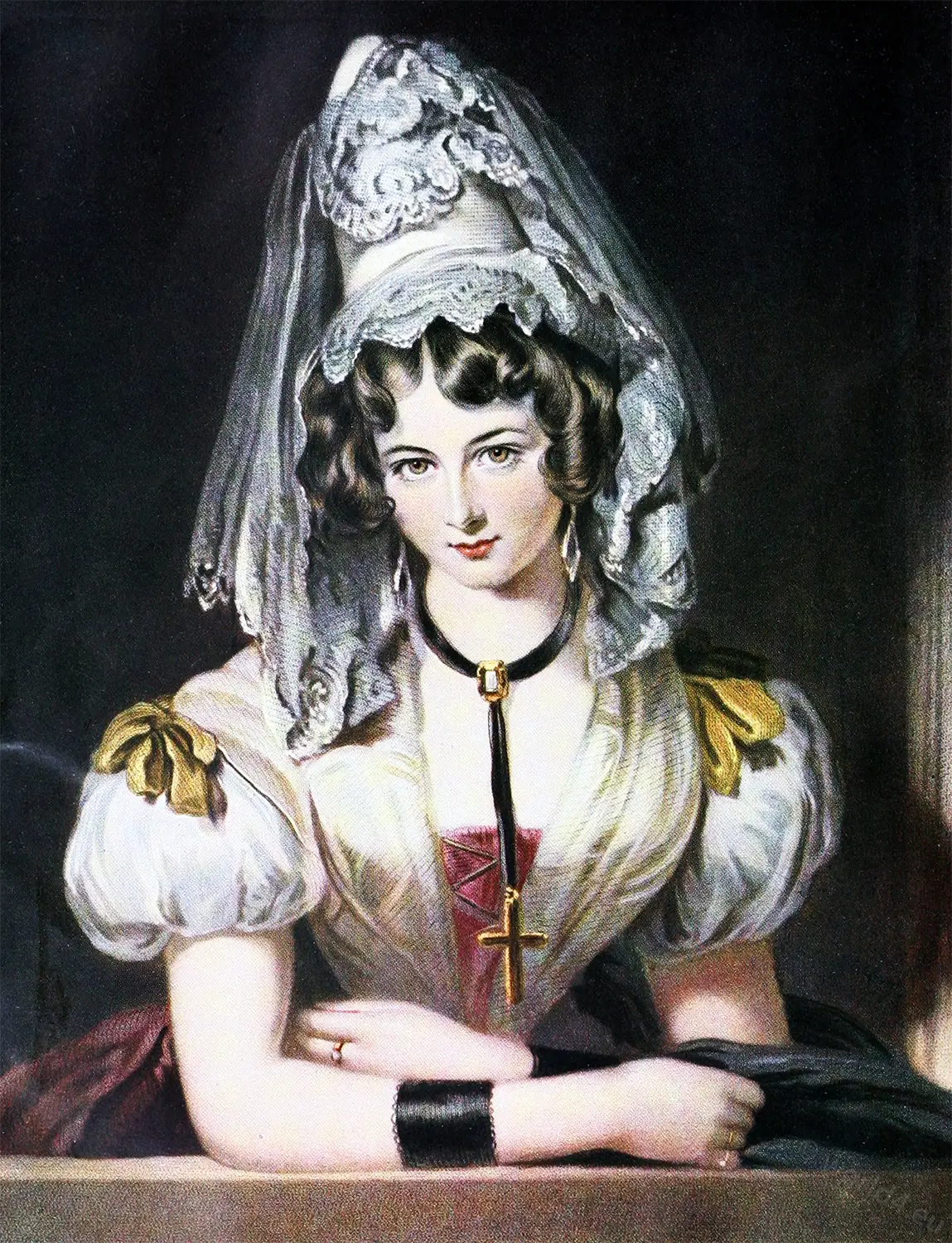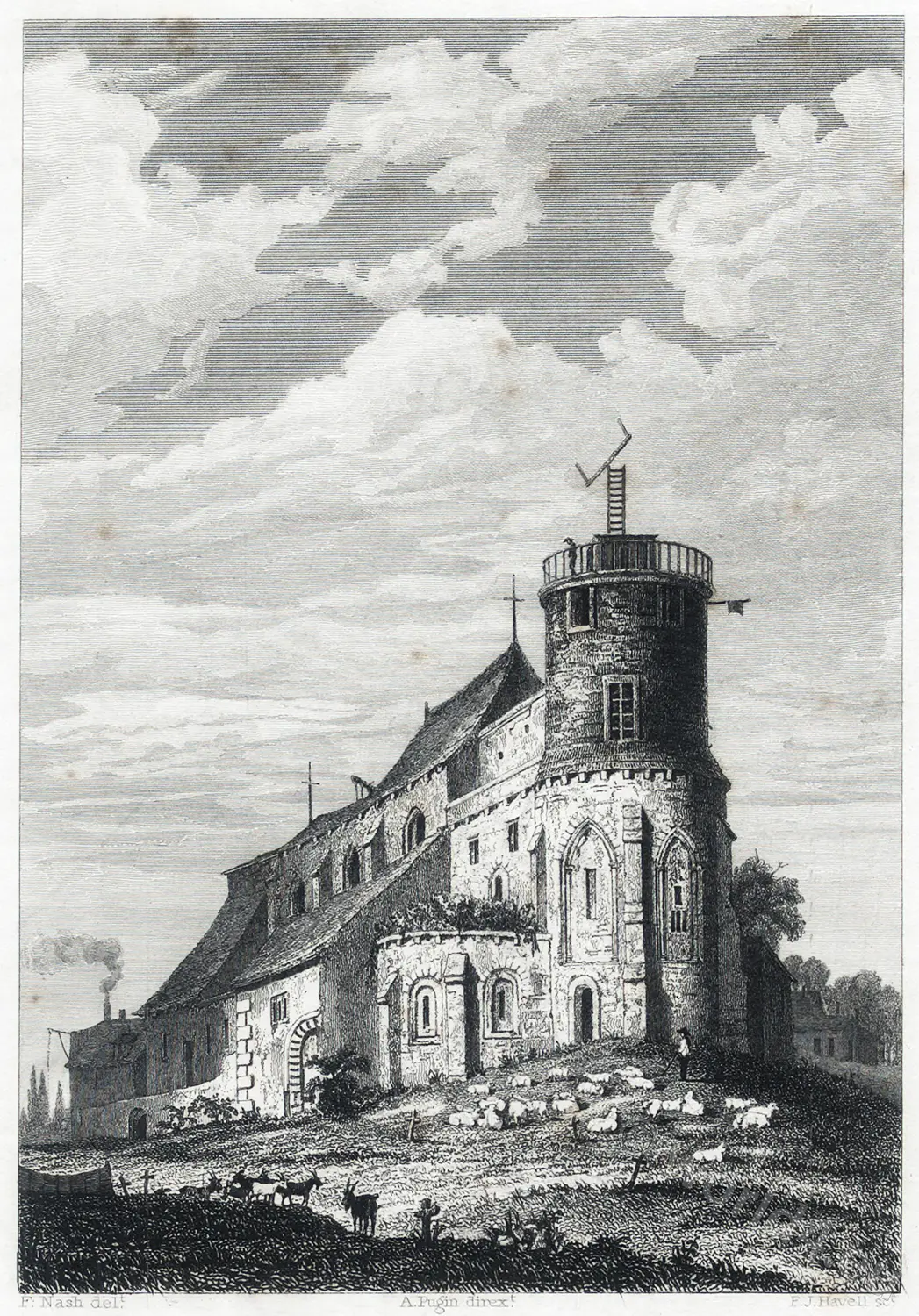THE CHURCH OF SANTA MARIA BELLA SALUTE.
Venice
"Not for a prelate's nor a warrior's glory,
Nor pride of kingly throne:
For God—for God alone,
Were raised these sumptuous shrines, august and hoary."
Mary Howitt.
Two churches in Venice, Santa Maria della Salute, and San Giorgio, were erected by the senate, in performance of vows to their tutelary saints, who begged off terrible pestilences with which the city was visited. The latter was designed by Palladio, the former built under the direction of Baldissera Longhena.
If gratitude might be measured by magnificence, this votive temple would constitute an exqisite monument to the most beautiful quality of the human heart; but so large a share of selfishness, cowardice, and superstition—so much folly and presumption, in imagining the possibility of compensating, or conciliating the Almighty by weak offerings of mortal hands, is associated with such dedications, as to reduce them to the level of a mere compact for mutual benefit.
The building of this very interesting church was commenced in 1630, upon the cessation of the plague; and the senate appear to have exhausted their last notions of extravagance in its completion. A spacious flight of marble steps rises from the surface of the canal, and conducts to the great bronze portal, from which a most sublime spectacle, the interior of the dome, presents itself. The centre of the building is occupied by a spacious octagonal oratory, the dome of which is sustained by eight noble pillars, around which an ambulatory is continued, broken by eight cells, or recesses: of these, seven are converted into chapels, the eighth forms the great entrance.
The windows, coupled, are placed in the sides of the upper octagonal lantern, and, from their great height, afford, at all times, a sort of veiled light Critics have complained of the sumptuousness that prevails in every part of this costly structure: the exterior they particularly protest against, as being overloaded with ornament; but the interior is unquestionably free from all such impeachment: it is intricate without confusion, wants neither majesty nor grandeur, and is favourable to the expression of richness and splendour.
Mr. Forsyth says, “It is magnificent, to be sure, and lofty, and rich; but it runs into too many angles and projections, too many ‘coignes of vantage,’ both without and within. It issues into a pyramid, from the very basement up to the cupolas; but those cupolas screen each other, and are shored-up with vile inverted consoles”. Had this very elegant scholar, and very generally just critic, directed his entire indignation against the repetition of the cupola alone, he would have made more proselytes than he now can hope for. It is this unsightly introduction which marks the decline of the art.
It possesses neither the graces of the gothic nor the simple beauty of the antique. When of very large dimensions, it is majestic; but then it crushes the structure which it adorns! when small, it is a paltry cap, that blonds with no other member of the architecture, and rises above the entablature for the express purpose of breaking the harmonious line of the ogee. *)
*) “The revolutions of taste are apparently the same in all the arts. San Micheli precedes Palladio, as Lucretius precedes Virgil; Corneille, Racine, Bourdaloue, Masillon. Energy comes before purity; bad taste, which deems itself good, succeeds, and produces Seneca, Claudian, Marini, Longhena, the architect of the Salute.” Valery.
The event in which the erection of this gorgeous temple originated, is finely represented in marble, over the grand altar. On the right of a figure of the Blessed Virgin holding an infant Christ in her arms, is Venice supplicating her interference to deliver the people from the ravages of a plague: while on the opposite side, “Plague” is represented flying before an angel with a torch in his hand.
The high altar is also adorned with a bronze chandelier, the work of Andrea Alessandro, more than six feet in height, and, next to that at Padua, esteemed the most beautiful design of the class in Italy. Many have even preferred the graceful ornaments of the upper part of Alessandro’s design to any part of its Paduan rival.
Upon the demolition of the church of St. Geminian, in 1807, the mausoleum of Sansovino, with his bust by Vittoria, the most celebrated of his pupils, was transferred first to St. Maurice, and afterwards, in 1822, pro tempore, to the chapel of the patriarchal seminary of the Salute, where it was placed behind the benches of the scholars. It is intended to replace this exquisite monument in the restored building, whenever that humble imitation of Sansovino’s own great master piece shall be completed.
The ashes of this eminent artist, who was a wanderer while living, and a fugitive from the sack of Rome, have had no settled resting-place for more than thirty years; and the architect of so many admirable churches, palaces, and monuments, the founder of a celebrated school, await their last asylum.
The library of the seminary, a splendid edifice, formerly the convent of the Salute, contains about 20,000 volumes, and some interesting M.SS.; amongst the latter, a letter from the Emperor Charles V. to Pope Julius II. on the re-union of the Greek and Latin churches.
The Dogana, or Custom-house for transit goods, claims attention, not merely from the intimate connexion between the commerce and the history of Venice, but from the beauty and symmetry of its proportions, and its prominent position on the Grand Canal.
The design, which is an object of the highest admiration, is by Giuseppe Benoni, and its foundation not earlier than 1683. The façade consists of a magnificent colonnade of marble pillars, supporting an enriched entablature, from which rises a square tower of delicate proportions, surmounted by a group emblematic of navigation, commerce, and power. A statue of Venice holds a golden globe, representing our earth, in its hands, on which stands a figure of Fortune, whose fickleness is expressed by its restlessness, being acted on, like a vane, by every breath of wind.
Titian was appointed to the direction of Customs at Venice, but not in the Dogana, which is confined to the regulation of transit goods solely; his official residence was the old brokerage-house near the Rialto, the exterior of which was painted by himself, assisted by his master Giorgione.
Source: The Rhine, Italy, and Greece in a series of drawings from nature by George Newenham (1790?-1877). London: Fisher 1841.
Discover more from World4 Costume Culture History
Subscribe to get the latest posts sent to your email.







